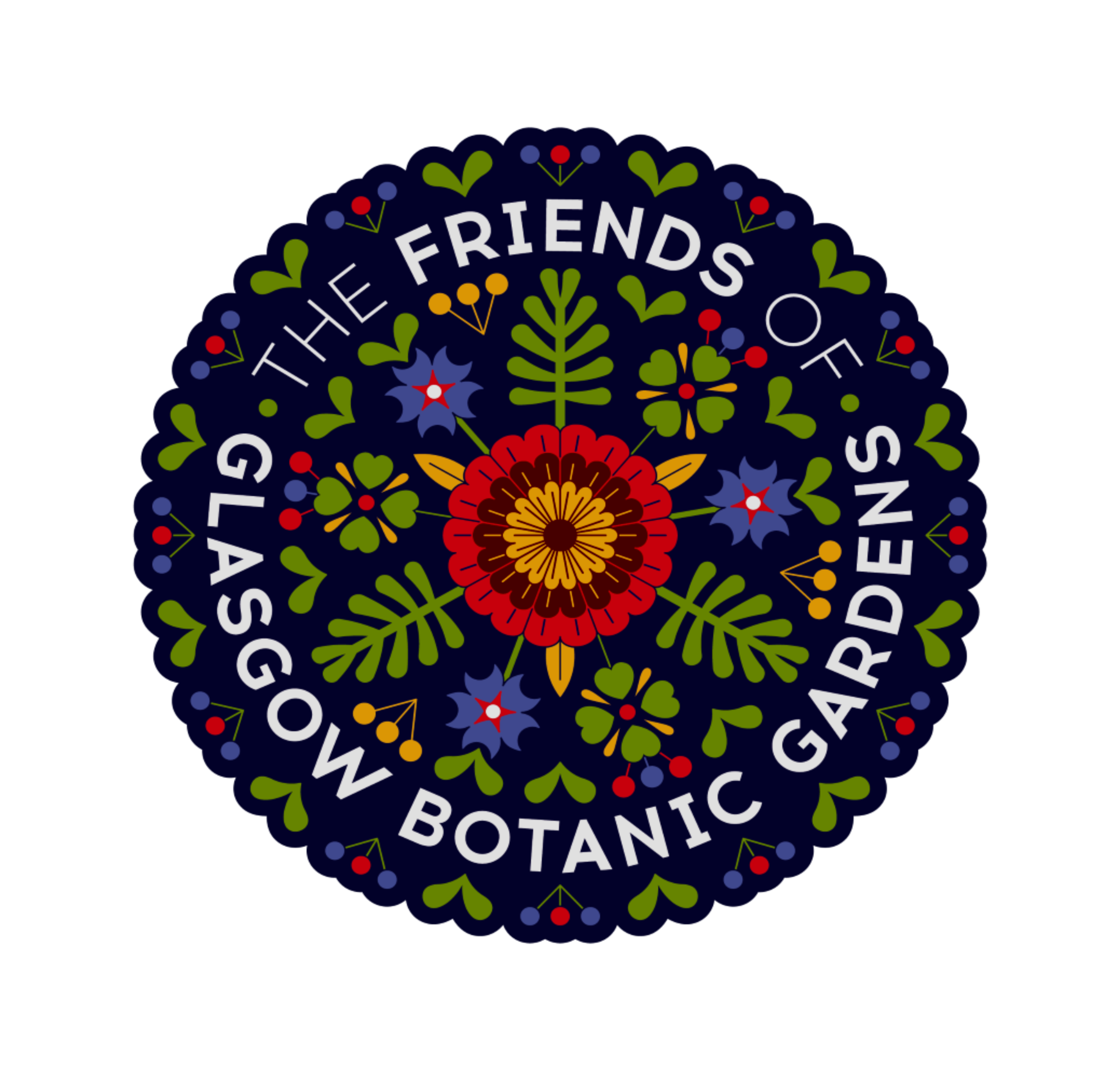Sycamore
Acer pseudoplatanus L.
Native range: Europe and the Caucasus.
- Although not considered to be native to the British Isles it has become widely naturalised.
- The sycamore is believed to favour the conditions in the north of England and Scotland. It is thought to be pollution tolerant in cities and salt tolerant in coastal areas.
- Commonly known as a sycamore throughout the British Isles it is alternatively called the ‘Plane Tree’ in Scotland. This can cause confusion as the true plane trees belong to a separate genus (Platanus spp.)
- Sycamores or Scot’s Plane trees were widely associated with the French connections of Mary Queen of Scots (1542-1587). A tree planted by Mary at Scone Palace stood till 1941, when it fell in a storm
- Sycamore leaves can often be affected by tar spot fungus which causes yellow spots on the leaves. The spots turn black later in the year but this does little damage to the tree
- The timber is white, easily worked and was used for wood panelling and violin manufacture
Whilst identification in the growing season of this plant can be easy, it may be come more difficult in the winter when it can be confused with Acer platanoides (Norway maple). The way to tell these to species apart is by a couple of key diagnostics, the Norway maple has leaf buds that are deep red in colour and only have one terminal bud and Sycamore has green leaf buds and only has a single terminal bud.
Kelly, J., (1995) Hillier’s Gardeners Guide to trees and shrubs, David and Charles
Bean, W.J., (1989), Trees and Shrubs Hardy in the British Isles (8th edn) John Murray London
May, A. & Panter, J. (2000) A Guide To The Identification Of Deciduous Broad-Leaved Trees And Shrubs In Winter. Field Studies 9, 711-764.
